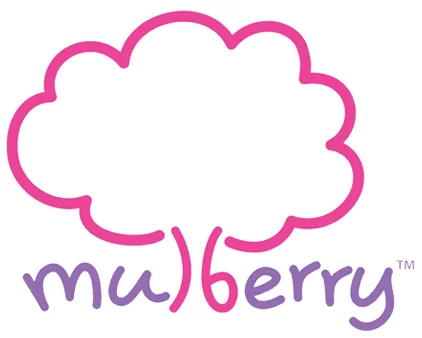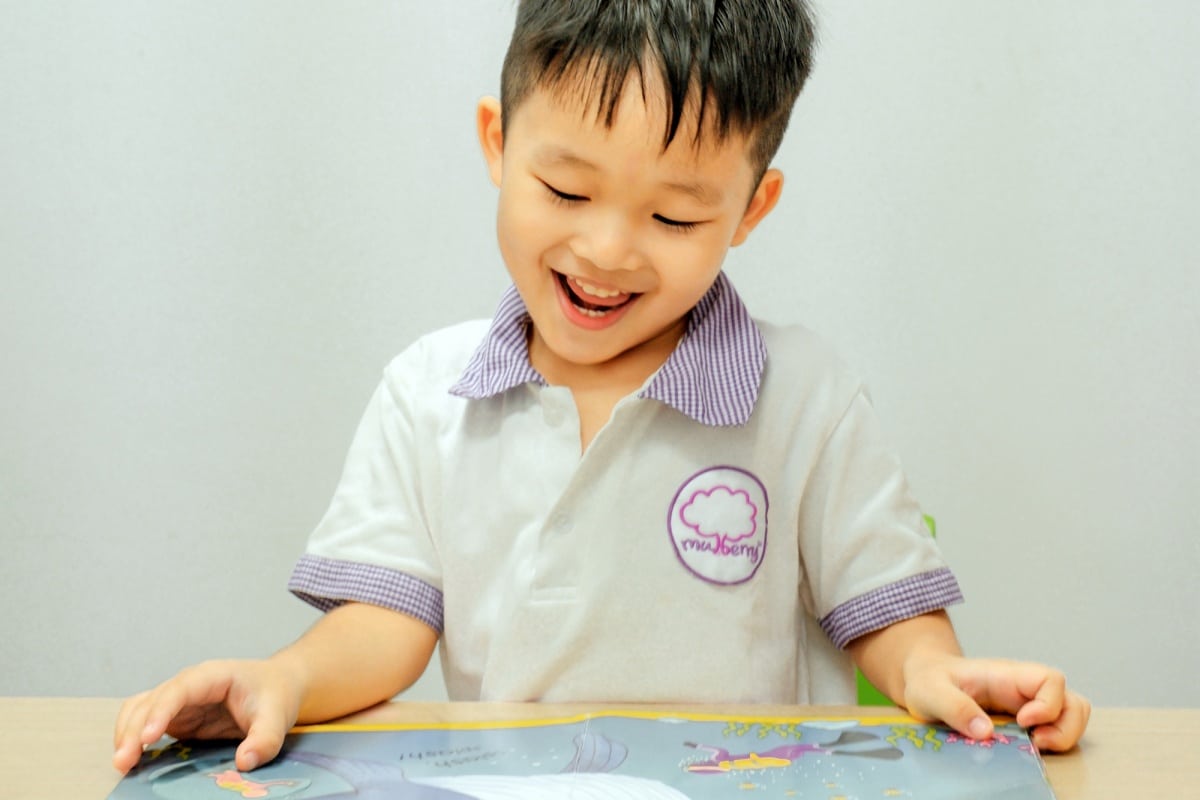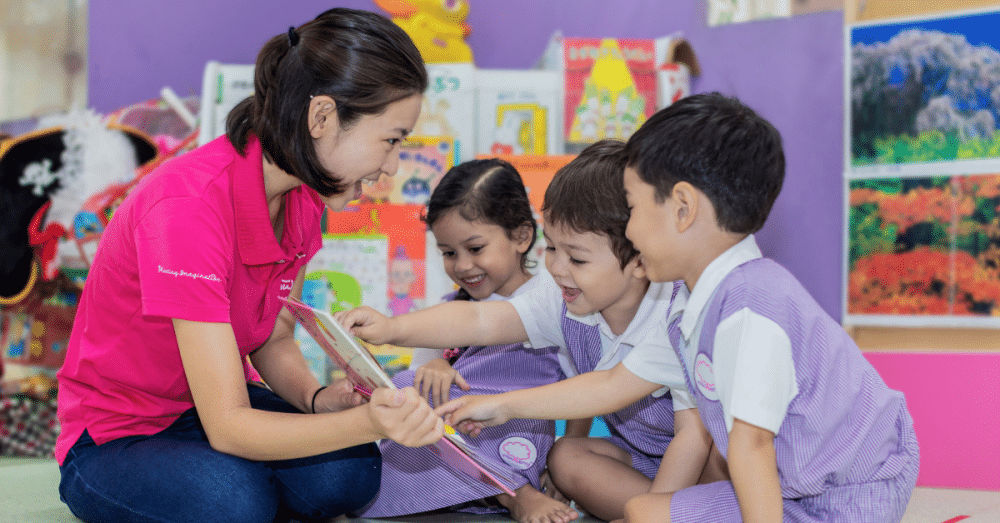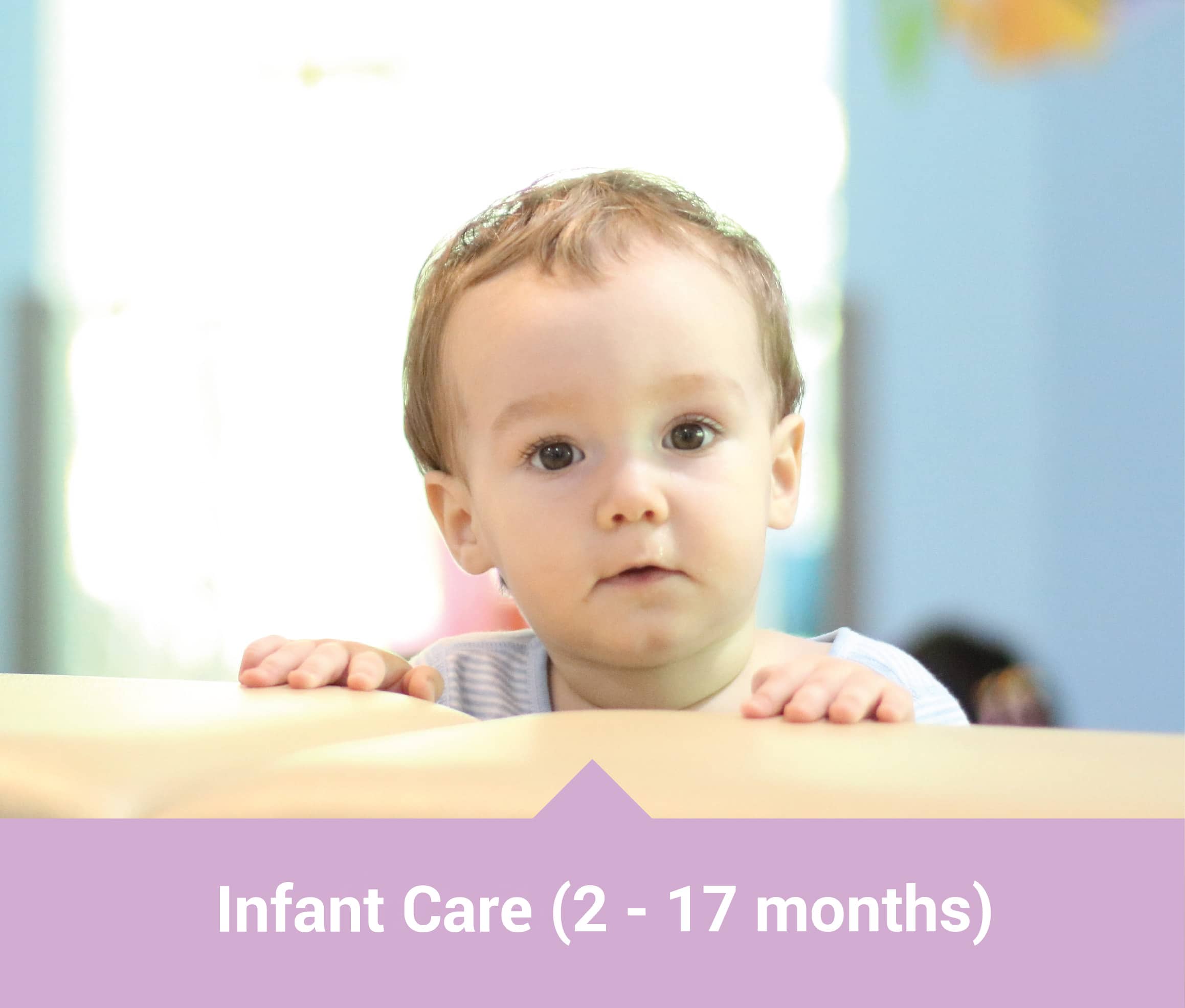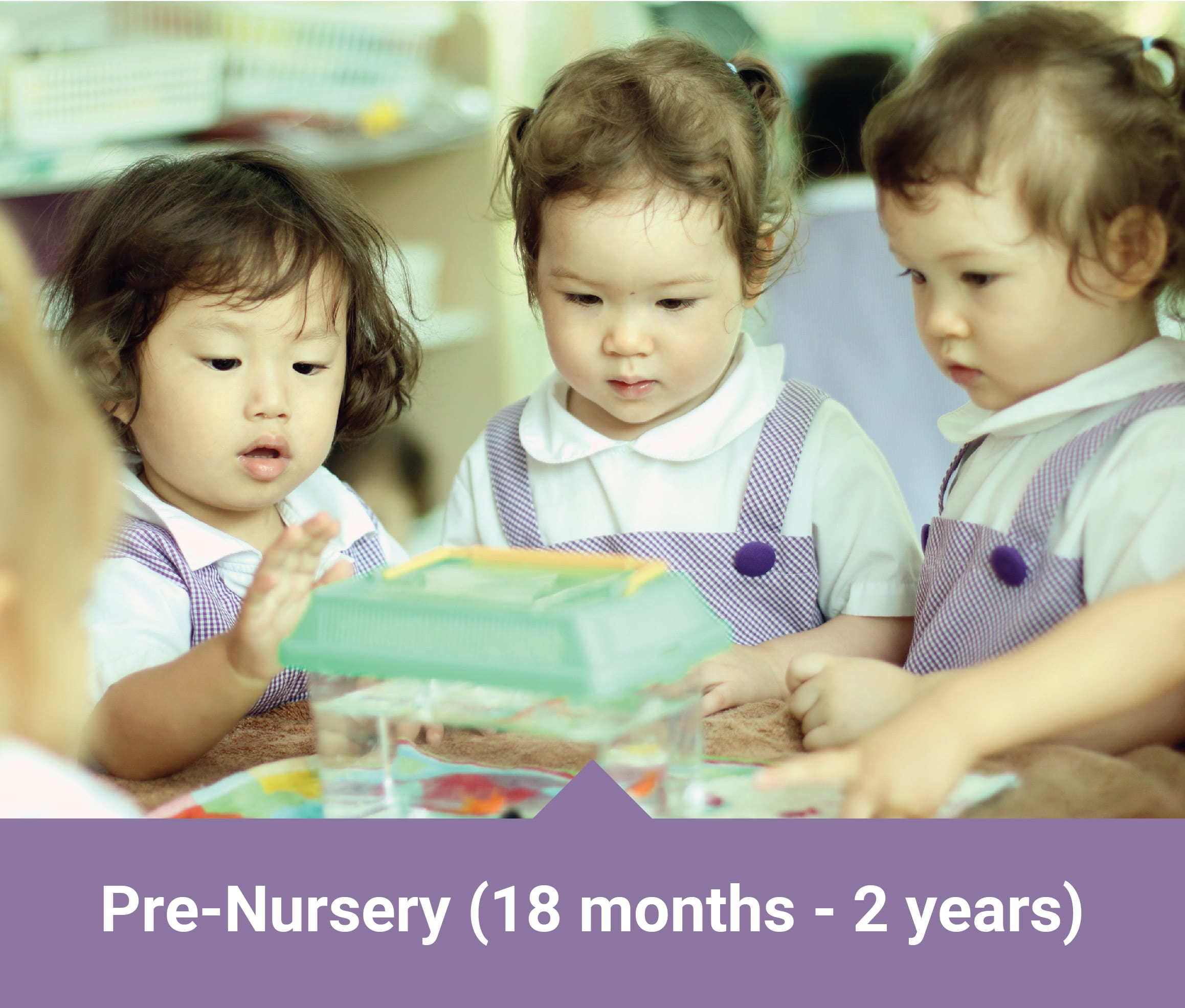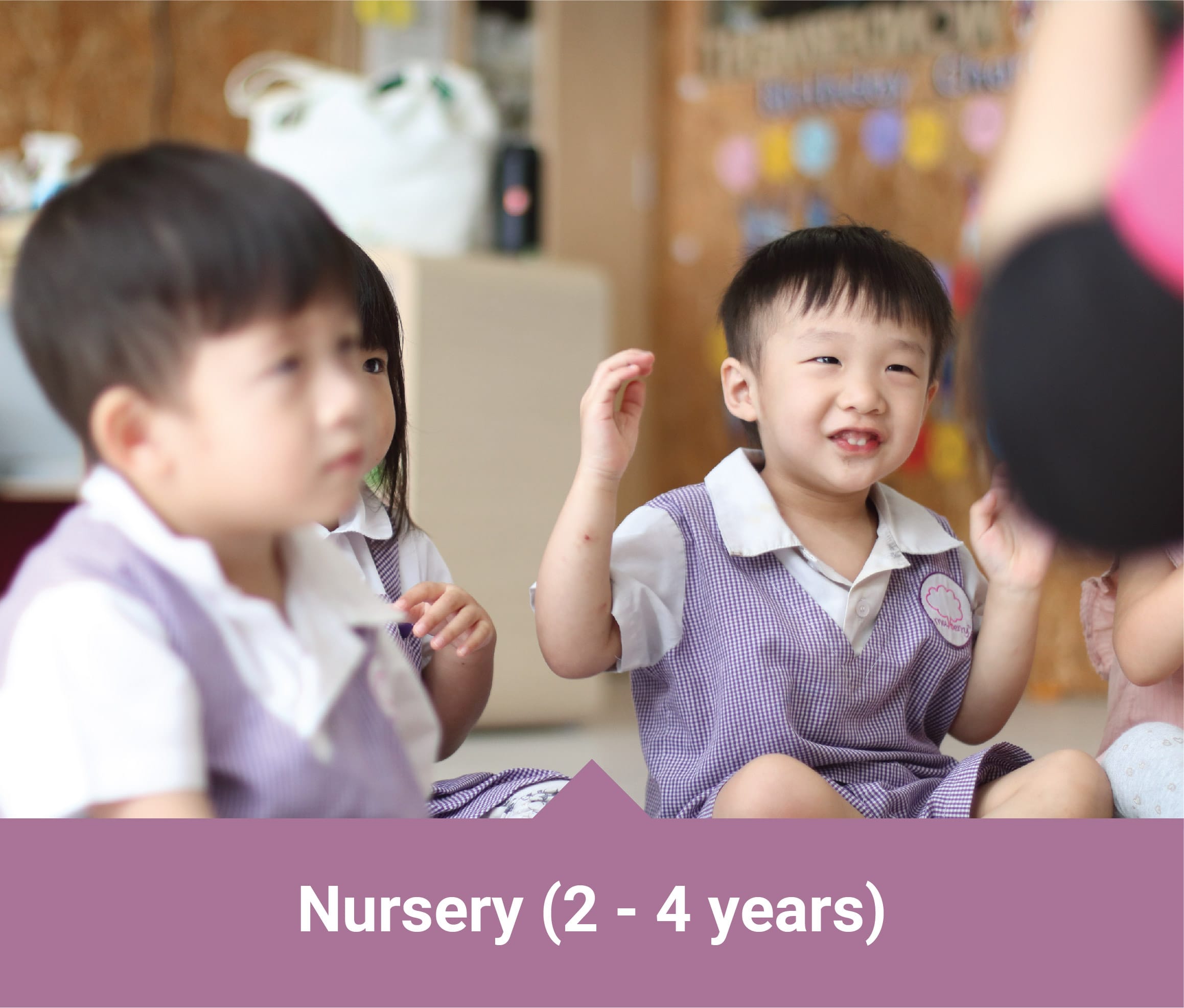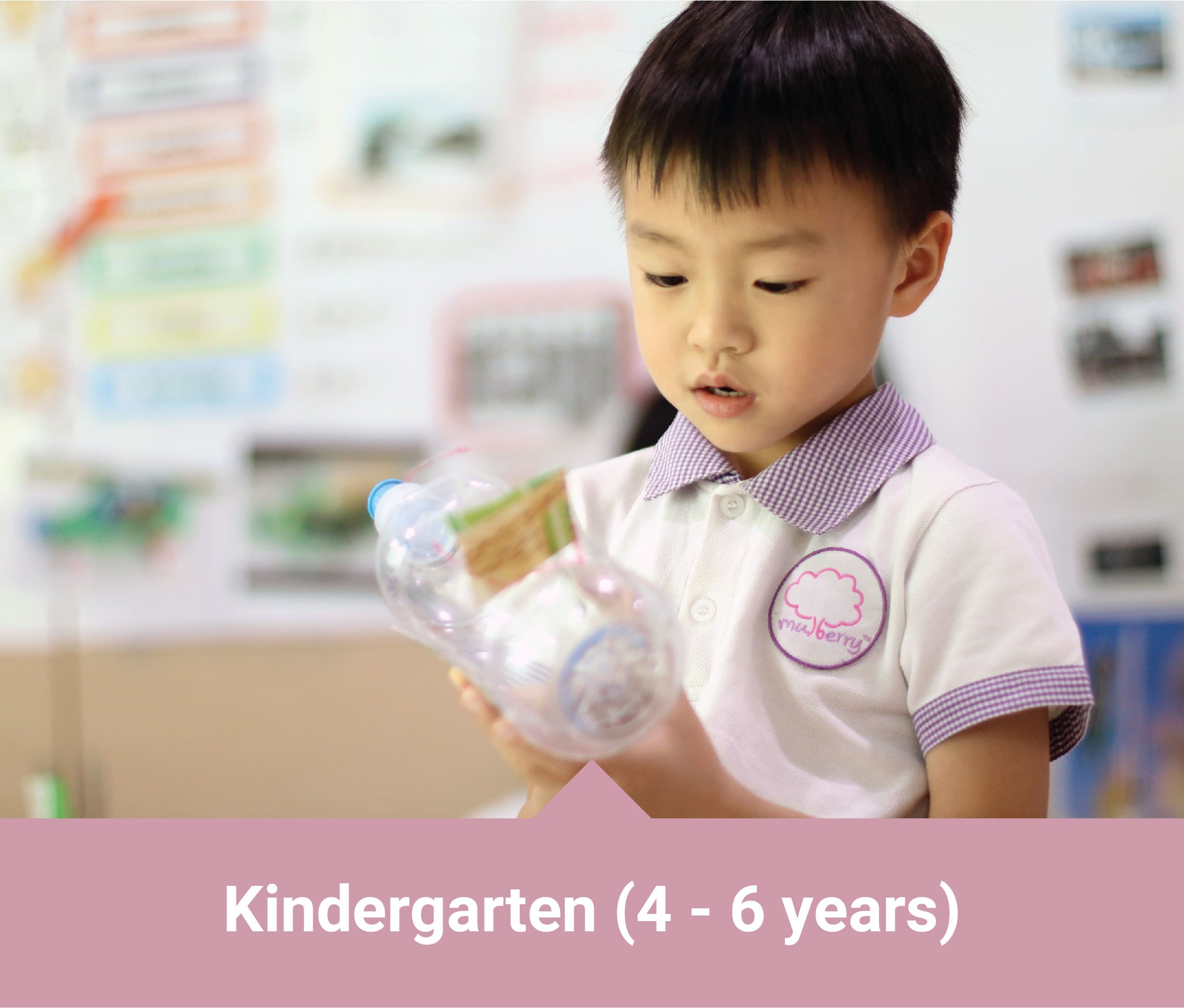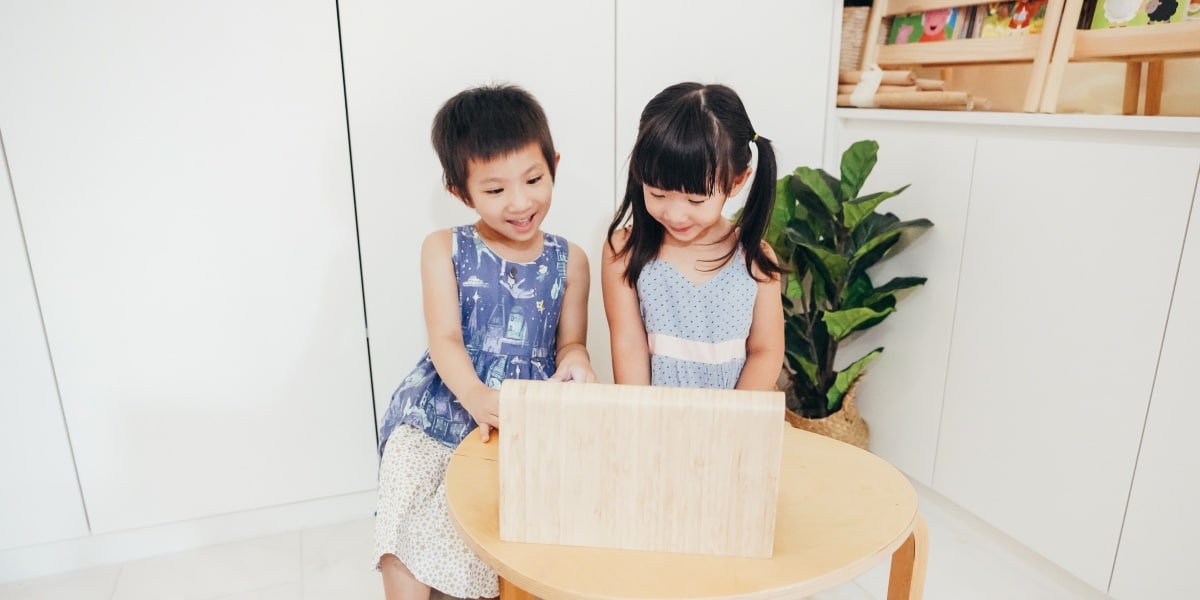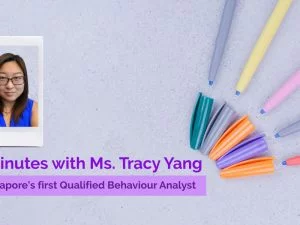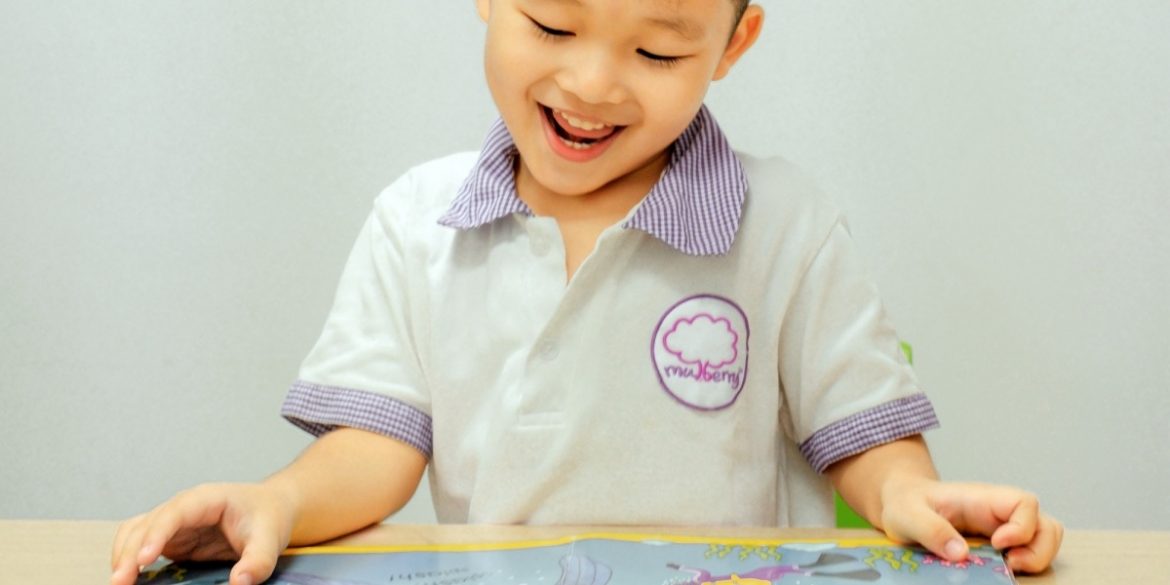
Have you wondered why some children love reading more than others? Did you know that a large part of cultivating a love for reading starts from the early years?
Reading with your children can be one of the greatest joys in life. Snuggling down with your little one with an engaging book with some colourful illustrations can be a real treat after a long day of work!
Experts have said that the bonding experiencing when reading with your little ones is unbeatable – no toy or television show is better than story time. When reading to children, they are getting your undivided attention; which is exactly what children love!
While you are exploring fun things to do at home during this extended circuitbreaker season, consider picking up that reading material sitting on your shelves and read with your little ones!
Benefits of Reading for Children
Studies show that children who were regularly read to understand 24% more words than non-readers.
When Can You Start Reading to Your Child?
Just as how important it is to talk to infants before they can even speak, parents can start reading to their babies even before they learn how to read! In fact, reading to your little ones regularly builds a good routine and may even get your child to love story time!
Did you notice how your babies tilt their heads or move their eyes when you talk to them? In the first few months of babies’ lives, their vision is blurry and as early as three months old, they start to gain the ability to track objects vertically and horizontally. That would be a good sign to start reading and introducing books to your infant.
When is the Best Time to Read?
While many people associate reading to just before bedtime, story time can take place any time of the day! It could be potty time, in the car, in the park, or when you are waiting for the food in a restaurant. Make books part of your daily routine and take them with you everywhere you go!
Especially during this #circuitbreaker period, having a library of books really help children spend time productively.
Did you know that a huge part of a child’s interest in reading is dependent on how they were read to?
How Should You Read with Your Child?
Reading monotonously dampens children’s enthusiasm in books while reading with various tones, inflection, and rhythms in your voice thrills children. Sometimes, it really helps to exaggerate your expression and actions. They will then associate these positive feelings with story time, which further ignites their interest in books. Chinese books are also good options as they can be exposed to another language which helps them to code-switch and be effectively bilingual!
In the early years, parents usually play a more prominent role in story time. Although it may take some time before little ones can actually read, providing them the opportunities to listen to sounds, letters, and words at an early age and how to interact with a book can nurture a love for reading in their later years. As your child grows older, reading can be a very fun activity as you interact with them through the books. Having some reading time together can be a good stay home bonding activity!
Reading in Different Learning Stages
From birth to 6 months
When infants’ eyesight improves in the first few months, books with vibrant colours and sharp contrasts will most certainly fascinate them. Board books and photo books, which are sturdy enough for their little hands are certainly good choices, as with interactive books such as puppets, mirrors, or peepholes.
At this age, comprehending the words and stories isn’t the point of reading. Instead, it is mostly to expose them to the rhythm of language. It is also a good time to develop their concentration, ensuring that they focus on listening to the entire story.
7 to 12 months
Halfway through their first year, it is the time when infants are starting to make connections to sounds. Reduce your pace of reading and spend time on each page after reading the words. As you turn the page, children are also watching and learning how to read a book. Overtime, they may realise that the action of flipping a page is a way to communicate to you that they are ready to listen to the next page.
It is also good to point out the words to teach little ones that they should start reading from left to right. Using your finger to point out to vibrant graphics and pictures when you are progressing through the books also helps little ones to make connections.
13 to 17 months
At this age, infants will be able to start interacting with you during story time. Books that encourage participation are great choices. For instance, if you are reading a book about animals, make animal noises, the sillier you are when acting, the better! As time goes by, your babies will be able to “woof” or “moo” back to you and that is when story time becomes more fun!
Research suggests that interactive reading is a great way to develop vocabulary and comprehension for young children. As such, you could boost their vocabulary by expanding their thoughts. For example, you could respond their “moos” with “Yes, cows make loud sounds!”.
18 months to 2 years
Books with lots of repeated words and phrases help to build toddlers’ language skills. Repetition helps them to retain information better that is why nursery rhymes with playful words are great for children at this age! You can even repeat these words and phrases to them during bath time or meal time.
You can also encourage children to lead story time. Allow them to hold the books when you read and flip the pages to encourage them to practise their fine-motor skills. This helps to boost their confidence as they now take charge of their reading.
Children would also start to form preferences for certain things or animals. Some toddlers love dinosaurs, while others really enjoy books about animals. Some toddlers love books with textures like fabric in the illustrations while others love lift-the-flap books. Getting them books with the content that they enjoy increases their enthusiasm about reading!
Books for Playgroup / Nursery Children:
- Time for Bed by Mem Fox
- The Very Hungry Caterpillar by Eric Carle
- I went walking by Sue Williams
2 to 4 years
Since children can now communicate with you through simple words, story time with them should include asking lots of questions. You could ask them about how they feel about the character, or ask them about interesting details in the illustrations such as the shape and colour of the spectacles. Asking them about things that aren’t in the text helps foster children’s imaginations as they think about what the characters are doing before they flip the page of a new book. The possibilities are endless!
Reading is also an excellent way to instil positive habits such as learning how to be patient and persist on when a character keeps receiving the wrong animal in Dear Zoo by Rod Campbell.
Books for Nursery Children:
- Chicka Chicka Boom Boom by Bill Martin Jr and John Archambault
- The Gruffalo by Julia Donaldson and Axel Scheffler
- The Wonderful Things You Will Be by Emily Winfield Martin
4 to 6 years
Preschoolers at this age should be encouraged to read simple books on their own. Of course, this doesn’t mean that they can recognise all the words in the book at one go. It does take a few re-readings with your child to get it right. Sometimes, children are also memorising the content of the book when they attempt to read on their own. Nonetheless, this shows a great interest in books and reading, and parents should applaud their effort.
When reading books with more than one character, you could also try role-playing with your child to encourage them to creatively assume personalities of characters through variations of voices, gestures, and actions!
To further challenge children, parents can also point out differences in the text such as lower-case and upper-case letters, variations in font size, or the use of full stops, exclamation marks, and question marks to allow children to discover the function of these syntax in writing. For instance, question marks indicate that the character is asking a question and these sentences are read differently as there is usually an inflection in one’s voice when asking a question. These help to encourage children to spend a longer time on books and boost their critical thinking and problem-solving skills.
Books for Kindergarten Children:
- The Cat in the Hat by Dr Seuss
- May I Please Have a Cookie? by Jennifer E. Morris
- Actual Size by Steve Jenkins
If parents read just one book a day to their children, they will have been read 2190 books by their 6th birthday!
How about E-Books and Audio Books?
Although studies have repeatedly shown that children who read print books do better in comprehension tests and remember more of what they read than those who read in digital form, the two-month-long circuit-breaker may exhaust some of our libraries at home. Then, you could also peruse the plethora of online resources that can help supplement hard-copy books!
As responsible adults, we too want to practise safe distancing and stay home. Our National Library Board’s TumbleBook Library is a good eBook resource for your preschoolers.
Little ones who are too young to have screen time can listen to audiobooks on Audible. Besides expressive reading of the books, audio books consists of exciting background music that would engage little children and serves as a good way to stimulate their auditory skills. If you can find the audiobook of a current book you already own, it serves as a good way to allow young ones to read independently.
You could also use screen time productively and allow your little ones to watch short films that are based on popular Children’s books or Read Aloud books that engage preschoolers and enable them to boost their listening skills. At Mulberry Learning, we also provide read-aloud books as a Home-Based Learning resource. Should you not have time to have read with your young ones in the day, you could supplement the hard copy books that they have read with colourful illustrations and sing-a-longs.
All in all, as Dr Seuss would say, “The more that you read, the more you will know, the more that you know, the more places you will go.”
Let’s pick up a book, and go places in the comfort of our homes!
About Mulberry Learning
Established in 2006, Mulberry Learning is an award-winning Reggio-inspired preschool with 11 locations around Singapore. Mulberry Learning is the world’s first and only preschool network certified by the USA for the Habits of MindTM framework, and its curriculum has been voted as “Singapore’s Best Holistic Learning Programme” for 3 years running by leading parenting publications.
Looking for a preschool? Register Your Interest to find out how Mulberry Learning can help your little ones become a confident communicator, independent thinker, and a passionate lifelong learner.

